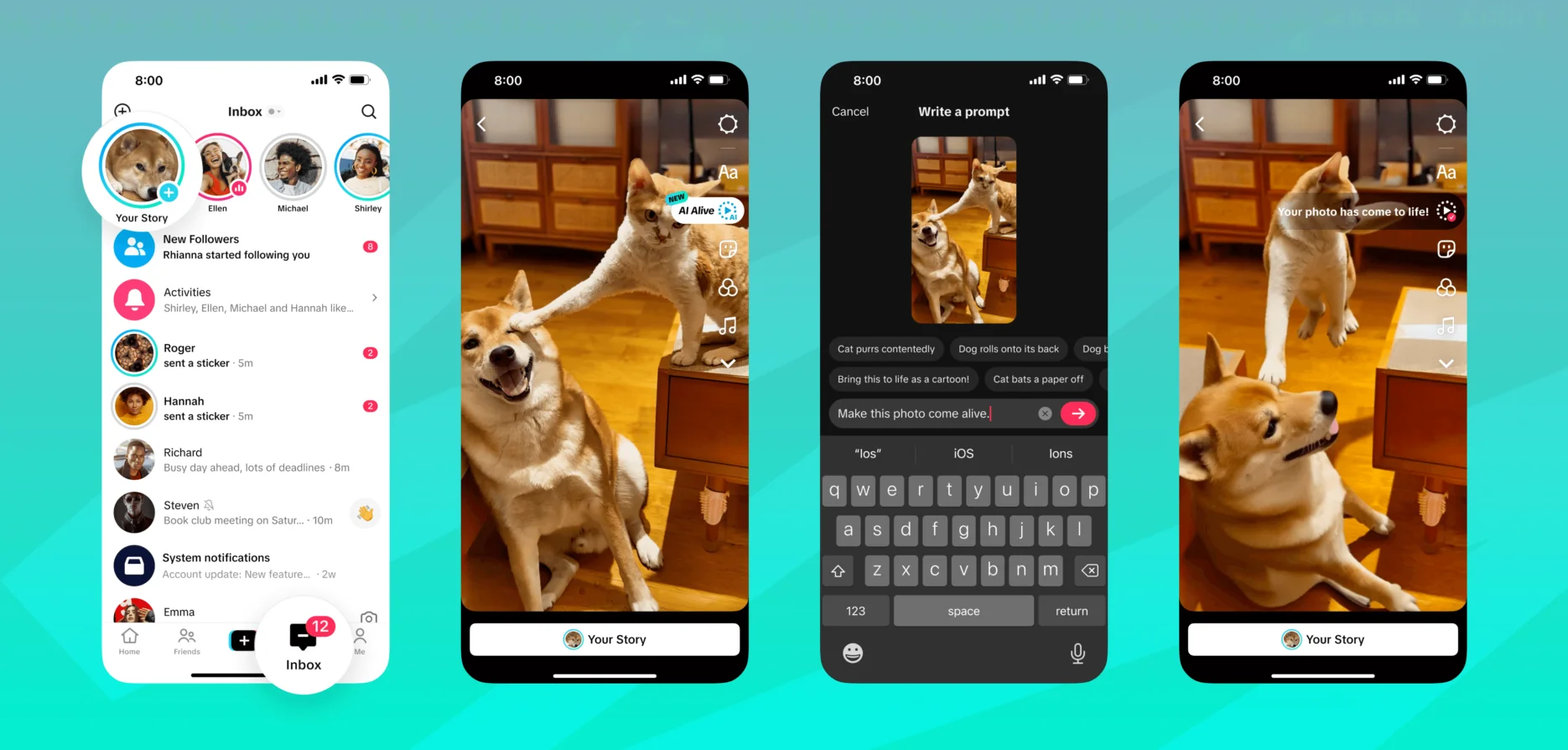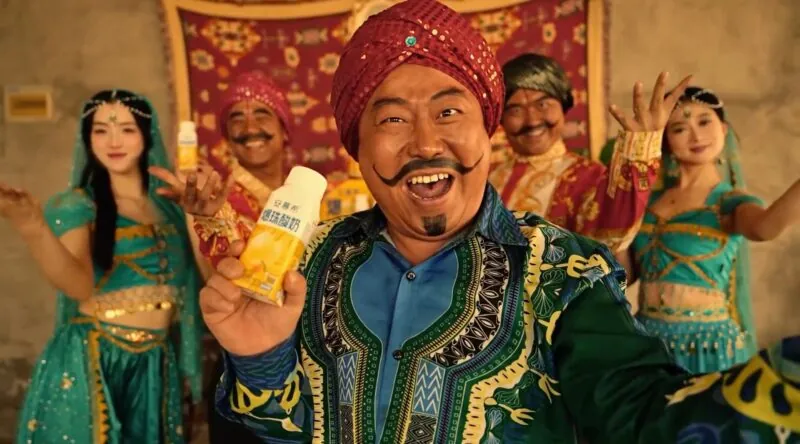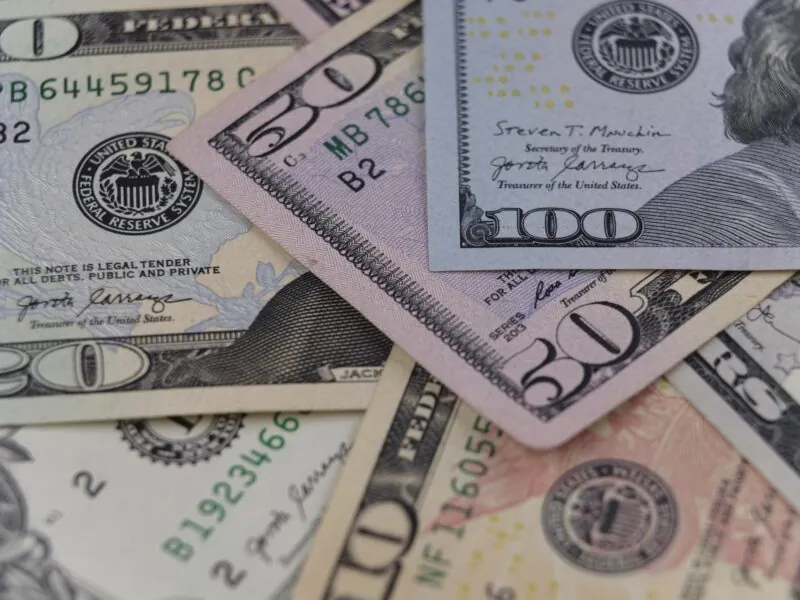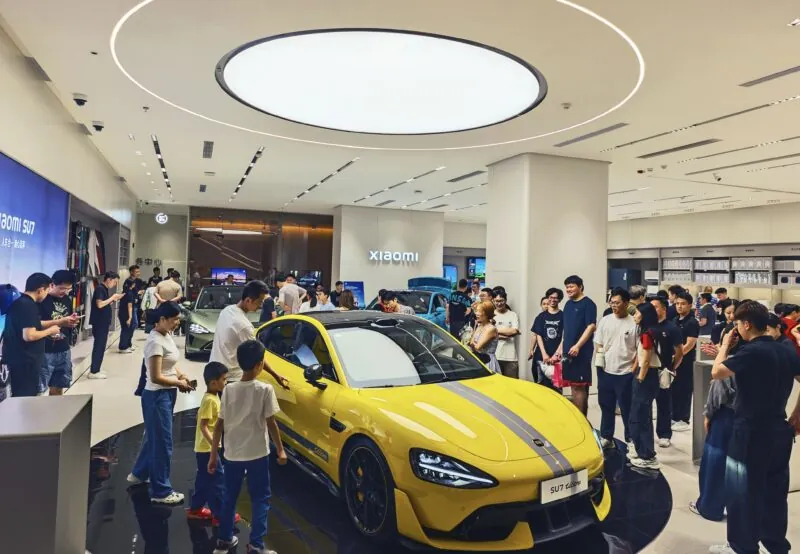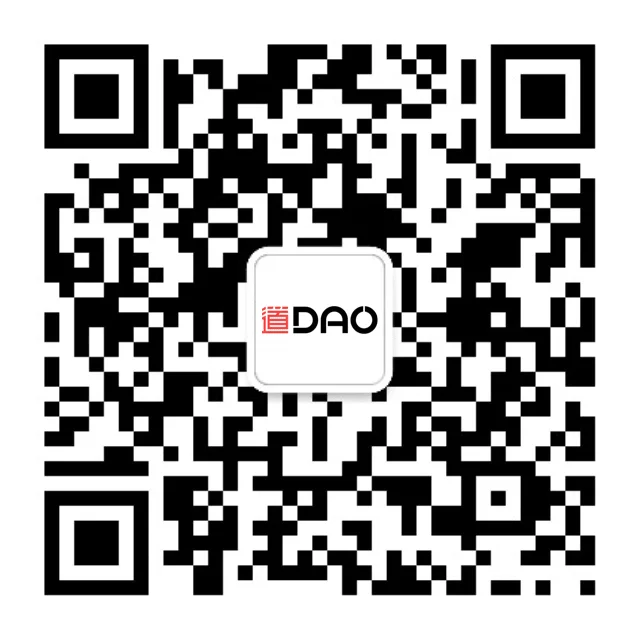On 14 May, it was reported that the ByteDance-owned short-form video platform TikTok had announced its latest feature. An AI-powered image-to-video generation tool called “TikTok AI Alive”.
“AI Alive” will be the first such tool from the platform, and will enable users to convert still images from their TikTok Stories into videos. This new feature uses AI to give movement and background sound effects to images. For example, when the photo shows the sky, clouds or the sea, the elements would move to sounds like the wind or waves after the AI generation.
As AI-generated videos are becoming increasingly popular on the platform, including image-to-video content, it is natural that TikTok would want to have that capability within its app. Competitors like Instagram and Snapchat currently provide text-to-image tools on their platforms, but TikTok AI Alive is the first in-app image-to-video generation tool. It is also reported that Snapchat is looking into similar features in future.
TikTok still faces a “sale or ban” order in the US, with a deadline of 19 June for the platform to either be sold to an American owner or be banned in the country. However, after extending the deadline for 75 days in early April amid the tariff announcements, US President Donald Trump also signalled that he was willing to extend the deadline again should the sale not be completed by then.
TikTok, on the other hand, seeks to expand beyond the United States with its e-commerce wing, the TikTok Shop, which launched branches in Germany, France and Italy in March and Brazil in April. It is also launching a “Brand Consideration” stage advertising across the board. Combined with the latest AI feature implementation, TikTok is making itself more indispensable to users around the world. This, after all, is the biggest leverage it has against any ban.
Need to boost your China strategy? Dao Pro delivers bespoke insights on marketing, innovation, and digital trends, direct from Chinese sources. Find out more from our Dao Strategy Team here.




